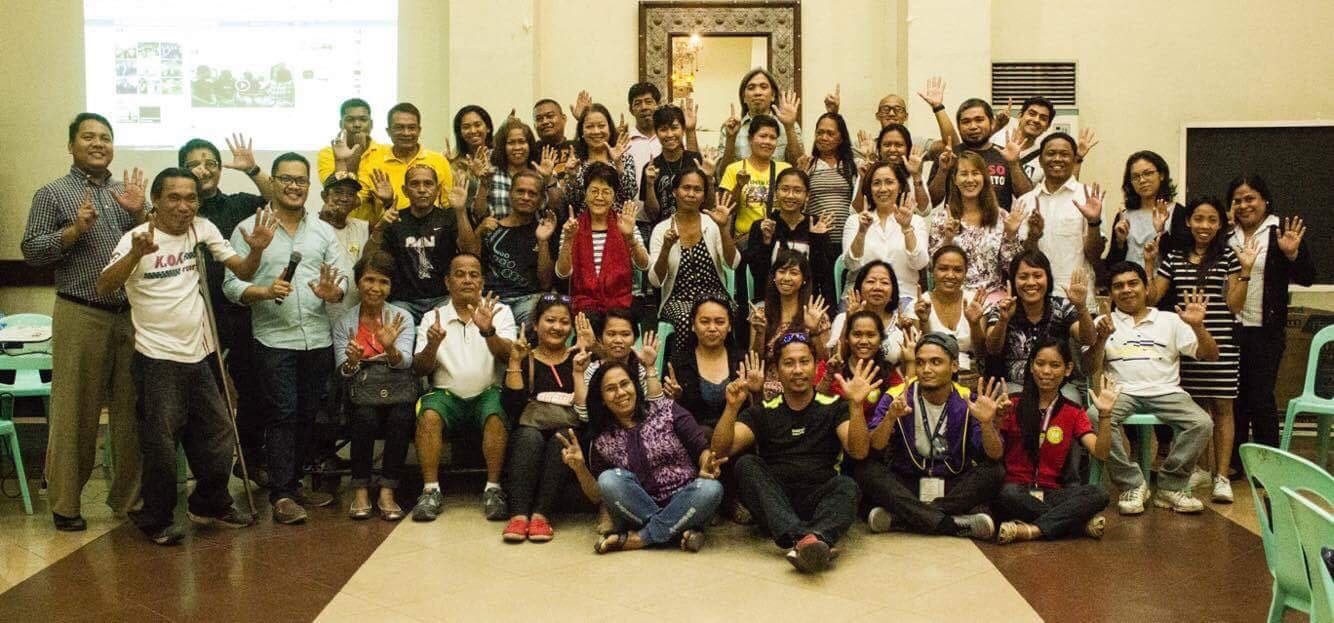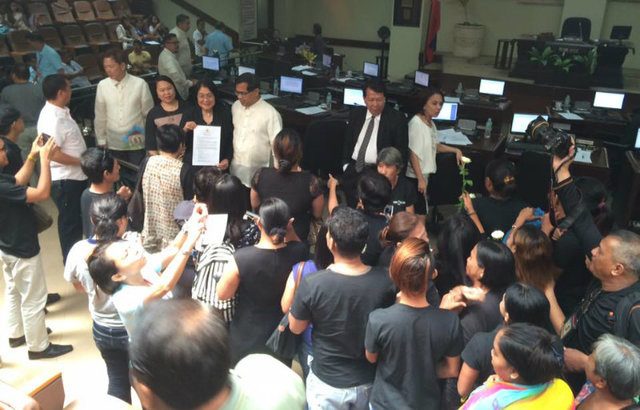SUMMARY
This is AI generated summarization, which may have errors. For context, always refer to the full article.

CEBU CITY, Philippines – Residents of Barangay Sawang Calero, Cebu City, were caught off guard when they first heard of plans to build a coal-fired thermal power plant in their neighborhood earlier this year.
“We were not properly informed of the plans,” said Shieda Henry, one of the affected residents in Sawang Calero.
The power plant had been proposed by Ludo Power Corporation. City council members Noel Wenceslao and Richard Osmeña supported the project, presenting a resolution endorsing the construction of the 2x150MW coal-powered plant in the city.
The city’s environmental committee, headed by former Cebu City councilor Nida Cabrera, rejected the proposal on April 27 for “failing to secure social acceptability.”
“Under current guidelines a power plant that surpasses a rated capacity of 30MW is considered environmentally critical. Therefore the proposed coal-fired power plant by Ludo Power Corporation with a capacity of 300MW is an environmentally critical project and poses significant environmental impact,” Cebu Daily News quoted the city council report released on April 27.
The city council did not object to the committee’s rejection of the proposal.
Sheida Henry said residents of Sawang Calero & other brgys were not properly informed about the proposed coal-powered plant #ClimateActionPH pic.twitter.com/ZZ6g9lLVUC
— Rappler (@rapplerdotcom) November 24, 2016
Community opposition
If residents hadn’t taken action, the construction of the plant may have pushed through.
Henry was able to gather 2,000 signatures for an online petition, and with several community organizations, organized protests at the plant site and at Cebu City council meetings.
“We had to get the message out there that the plant could cause illness, disease, and even death for residents and their loved ones,” Henry said in a mix of Cebuano and English.
Henry, along with other environmental advocates, shared her experiences in community organizing at a #ClimateActionPH workshop organized by The Climate Reality Project Philippines and Rappler’s MovePH on November 24 in Cebu City.
The groups involved in the campaign include the following:
- Cebu Alliance for Safe and Sustainable Environment (CASE)
- Freedom from Debt Coalition – Cebu
- Philippine Movement for Climate Justice – Cebu
- Sanlakas
- Greenpeace Southeast Asia
- Health Care Without Harm
- Sustainable Energy and Enterprise Development for Communities (SEED4COM)
- Oceana
- Missionaries for the Poor
- Dakila Artists Collective
- Cebuanos Against Coal
- Pusyon Kinaiyahan

Bribed to support coal?
Also facing possible environmental impact from the proposed power plant were the surrounding barangays of Pasil, Suba, and Inayawan.
One resident of Pasil who helped organize residents to join the protests explained the challenges of facing a big energy company.
“While we protested there would be individuals coming to the community and offering cash aid, rice, and other incentives to gain support for the power plant,” she said in Cebuano.
Cabrera, who used to head the environmental committee, also said she was offered money on the condition that she support the power plant. She turned it down.
“I’m no longer on the city council,” Cabrera, who ran under current Mayor Tomas Osmeña’s local party BOPK, said, insinuating that going against the project cost her the election.
Getting the full picture from different reps of NGOS, govt, community and the private sector #ClimateActionPH pic.twitter.com/A8zEh6zkKV
— Mia Gaviola (@amaliagaviola) November 24, 2016
Culprit of climate change
Chai Fonacier, Cebuana performance artist and activist of Sutukil Sauce and Dakila, helped spread awareness about the campaign.
She featured the issue through viral videos, using her character Kurdapya Jones, a quirky, socially aware activist. “We have to reach people in ways that would capture their attention,” said Fonacier.
Reuben Muni, climate and energy campaigner of Greenpeace Philippines, said of the campaign: “We saw the role of Cebu in the national campaign against coal. We can’t afford to lose because it will send the wrong signal to other countries that it is okay to operate coal.”
He added: “Had it pushed through, it would have been the only coal-powered plant situated right in the heart of an urbanized city.”
Coal-fired power plants, which spew greenhouse gases, remain the Philippines’ largest energy source at 29%, followed by oil at 23%. Greenhouse gases are one of the primary culprits of climate change.
President Rodrigo Duterte, who previously criticized the Paris climate pact, has said he would sign the agreement. – Rappler.com
Add a comment
How does this make you feel?















There are no comments yet. Add your comment to start the conversation.